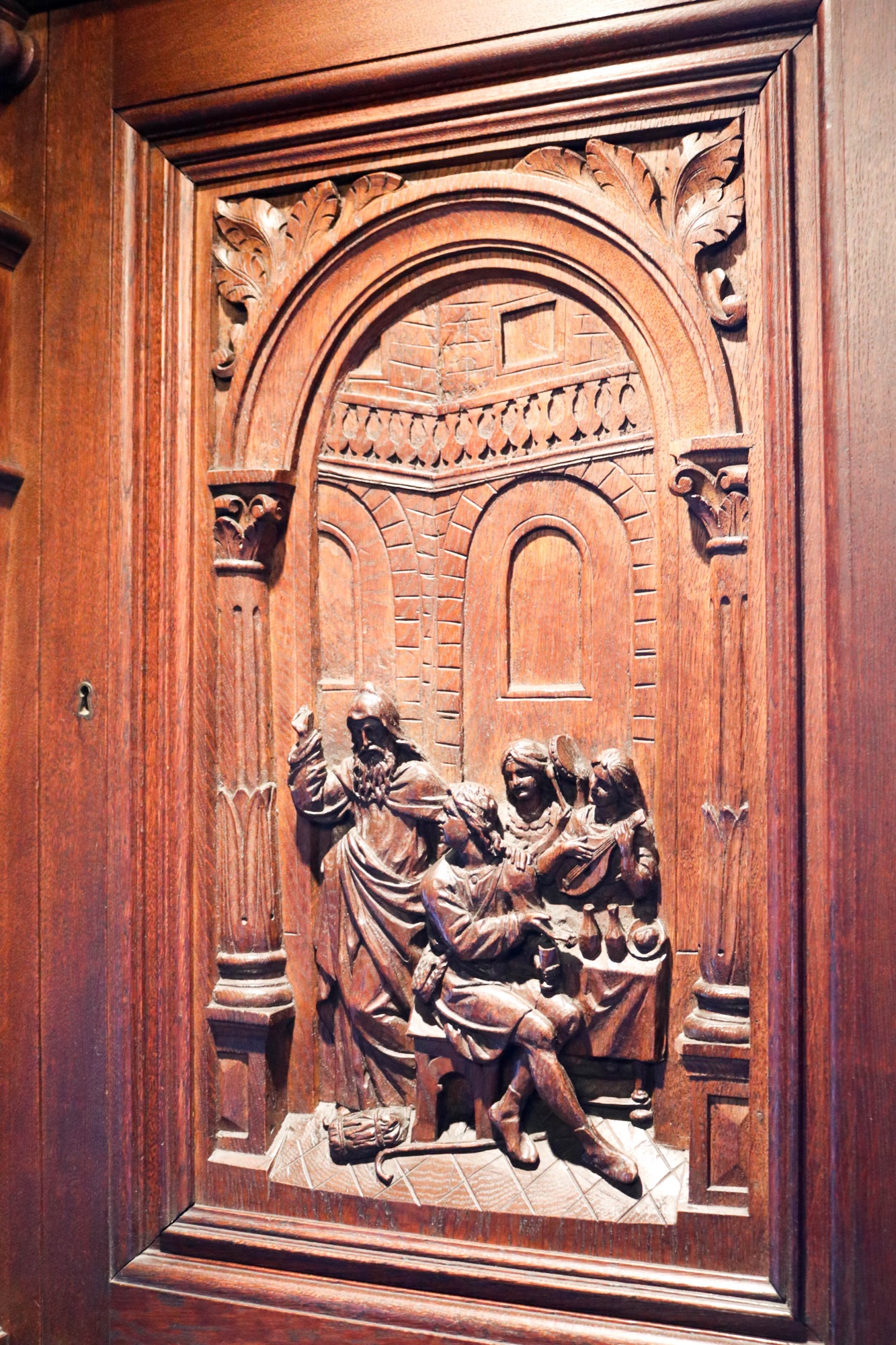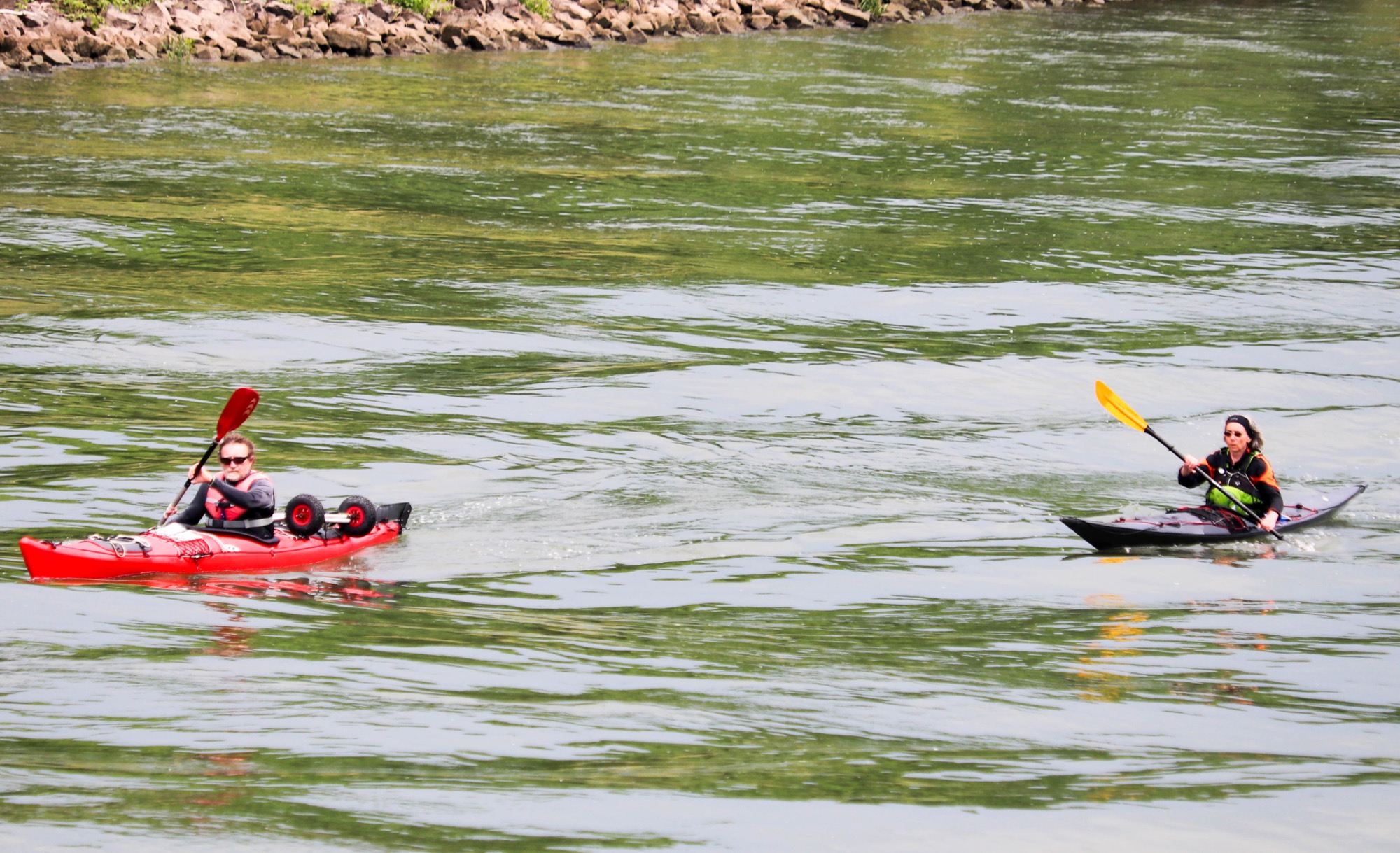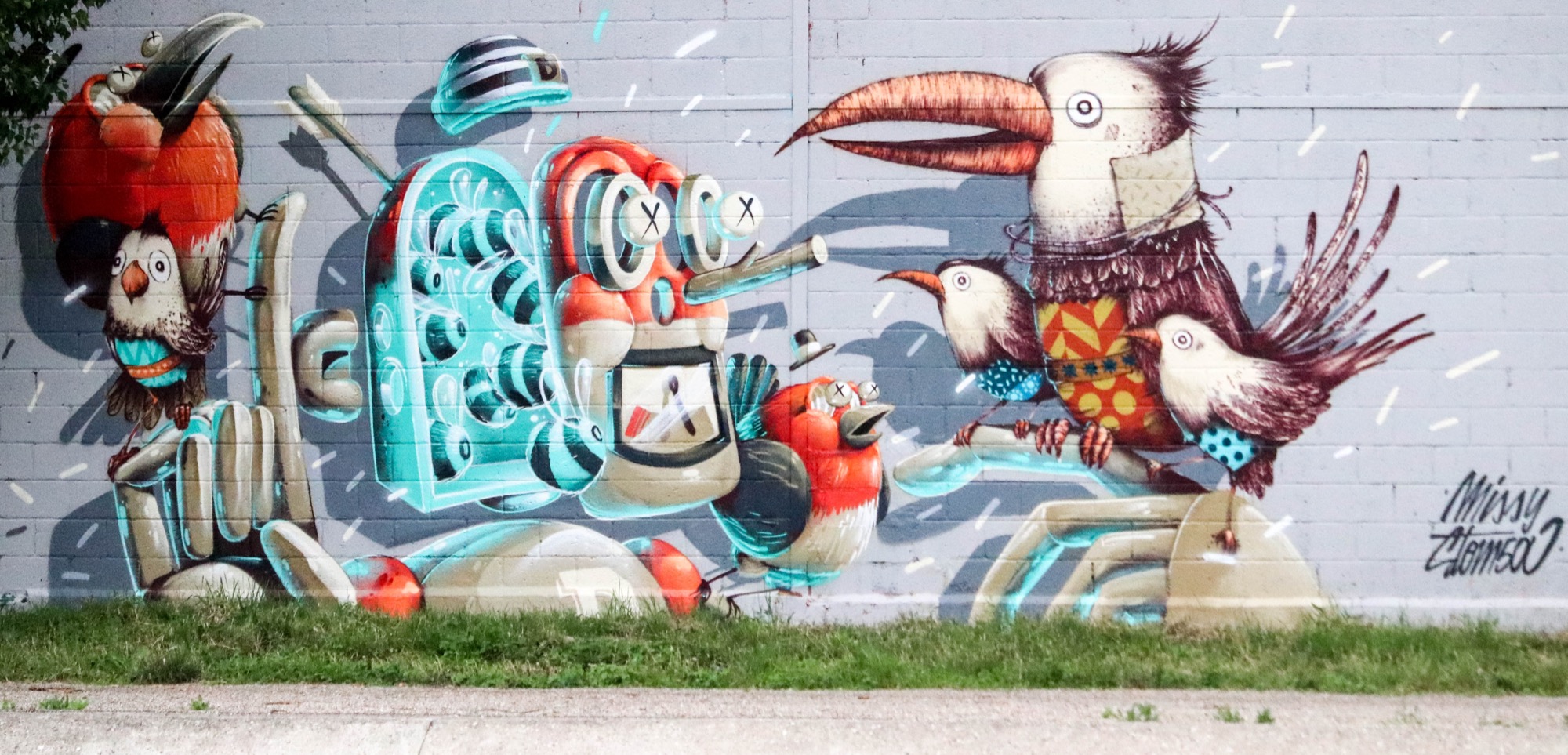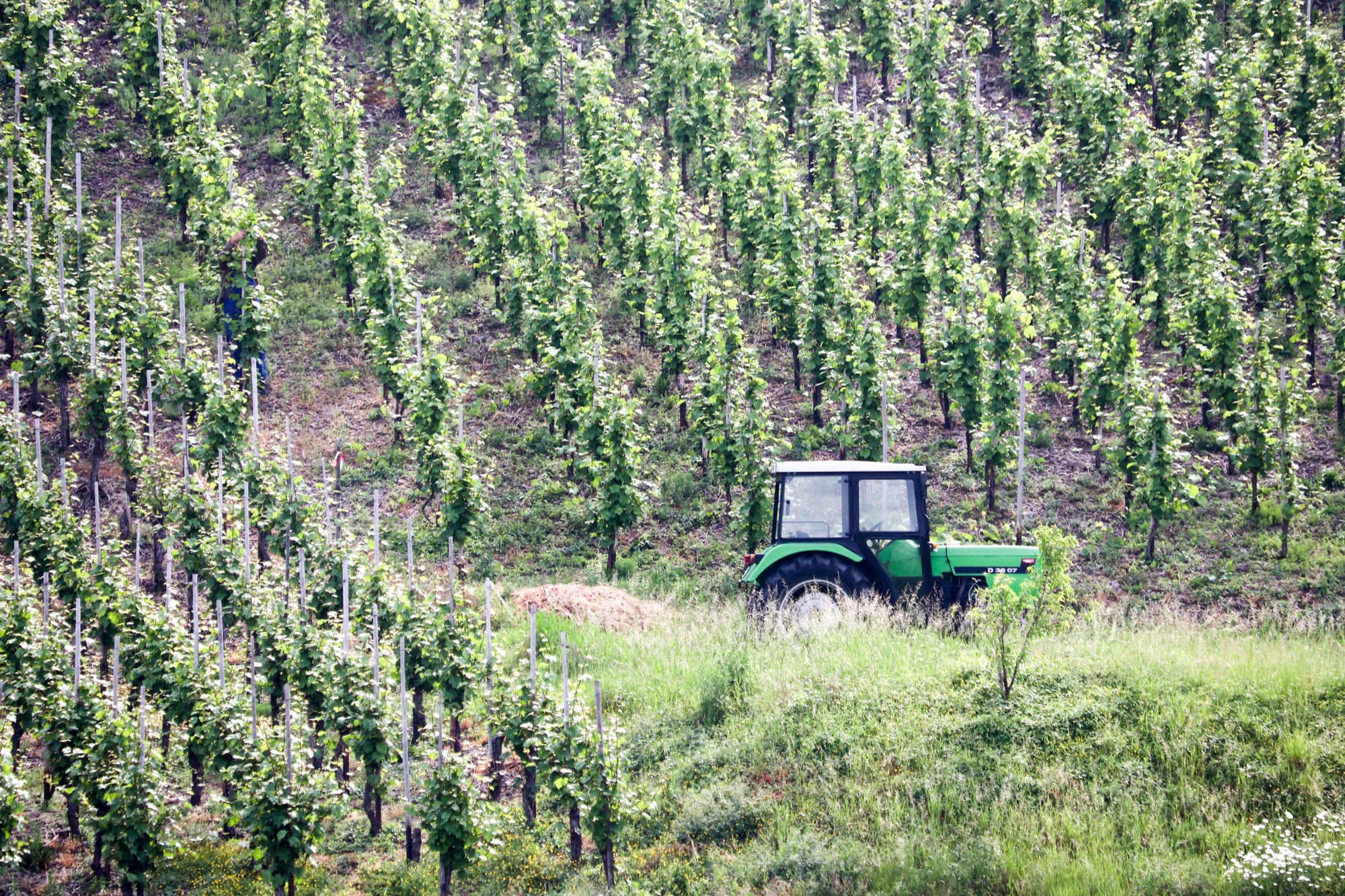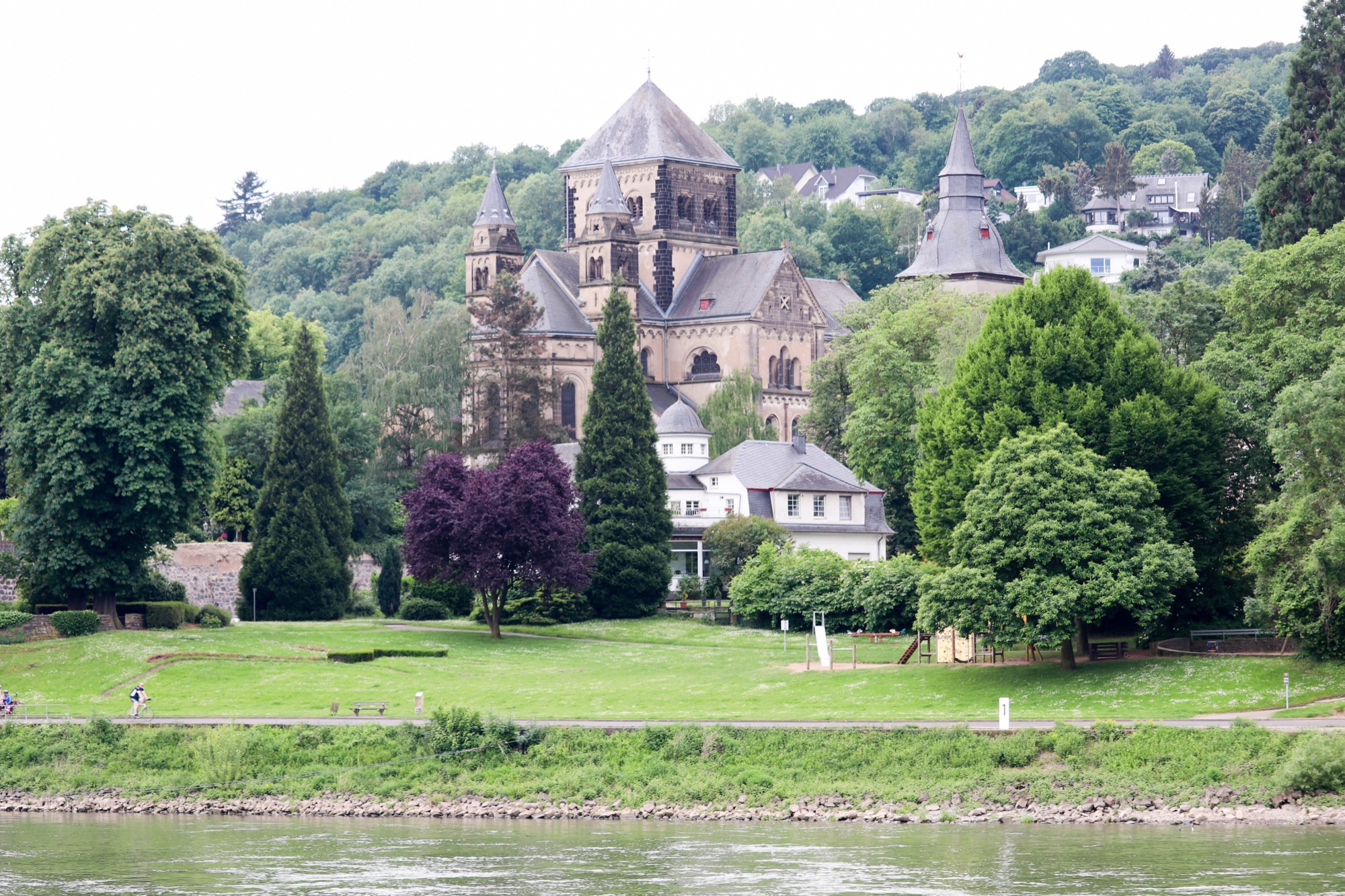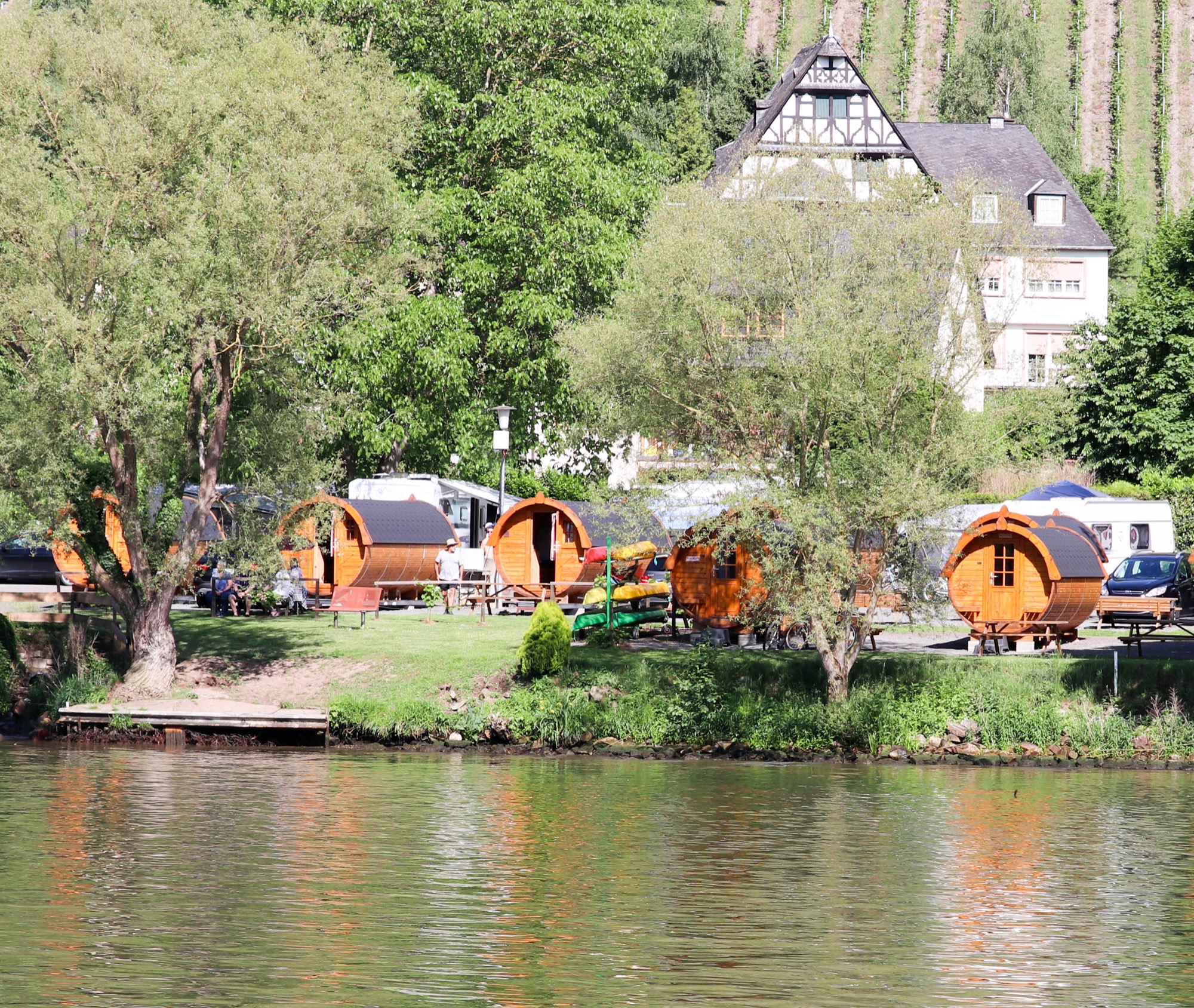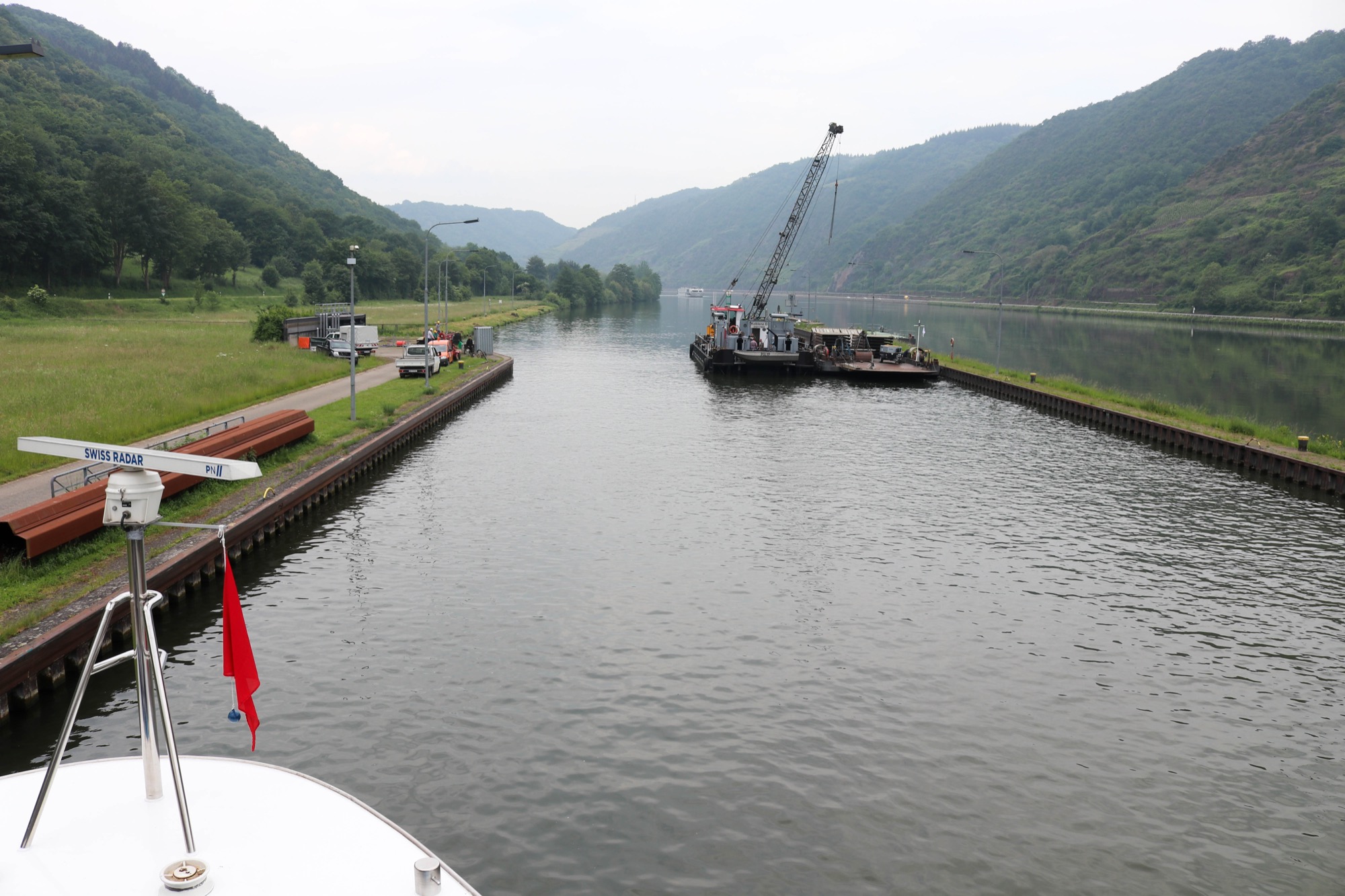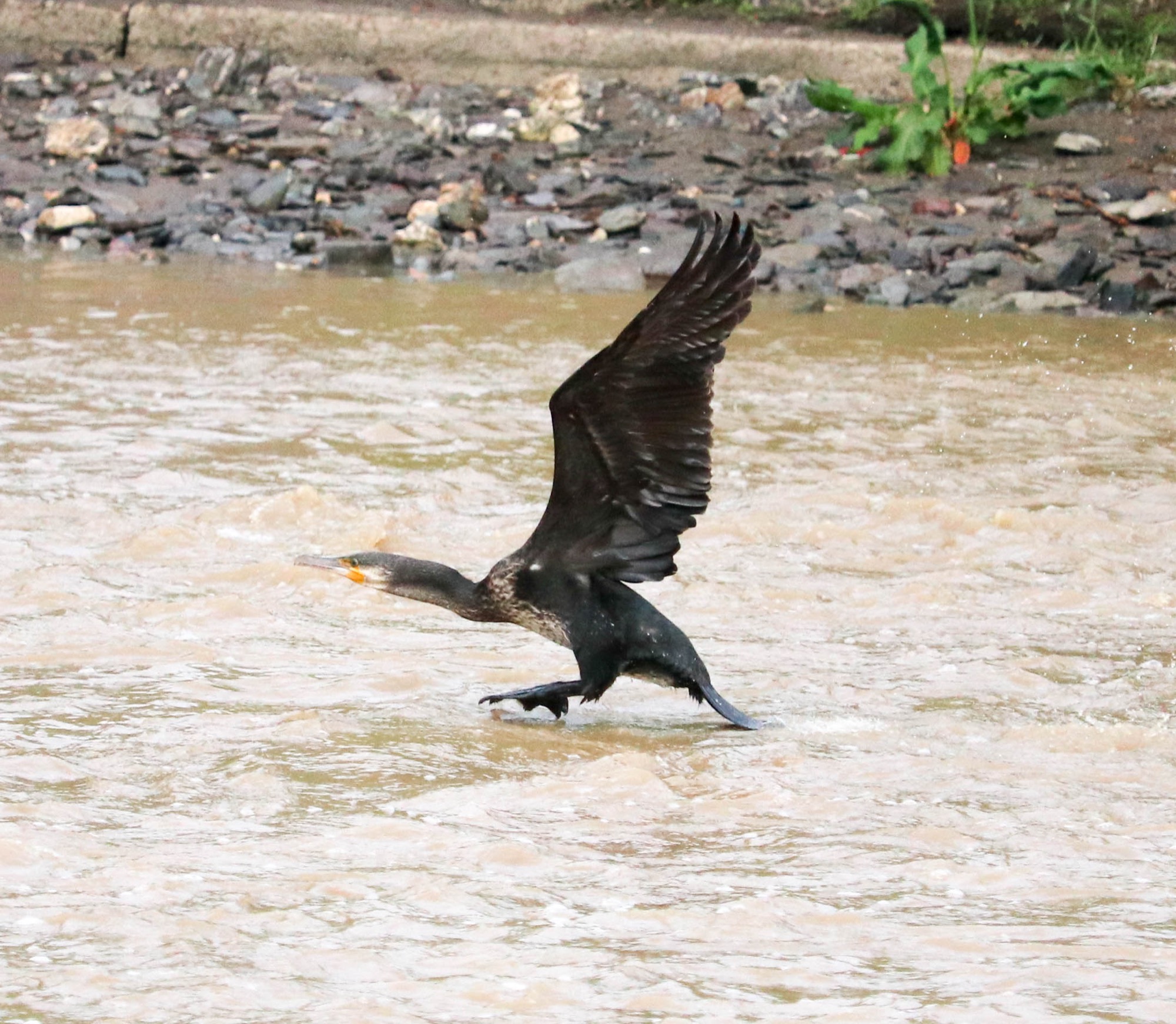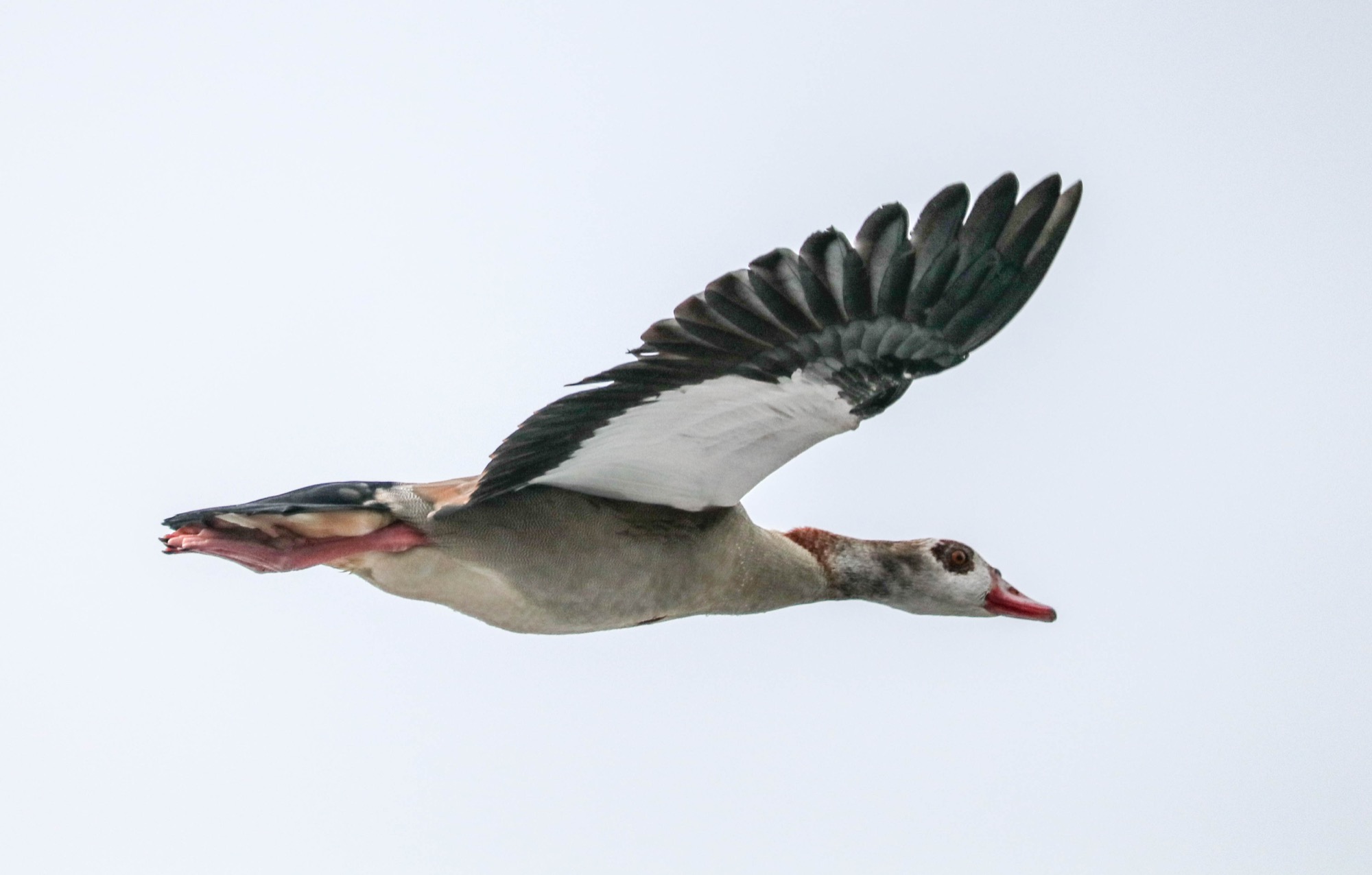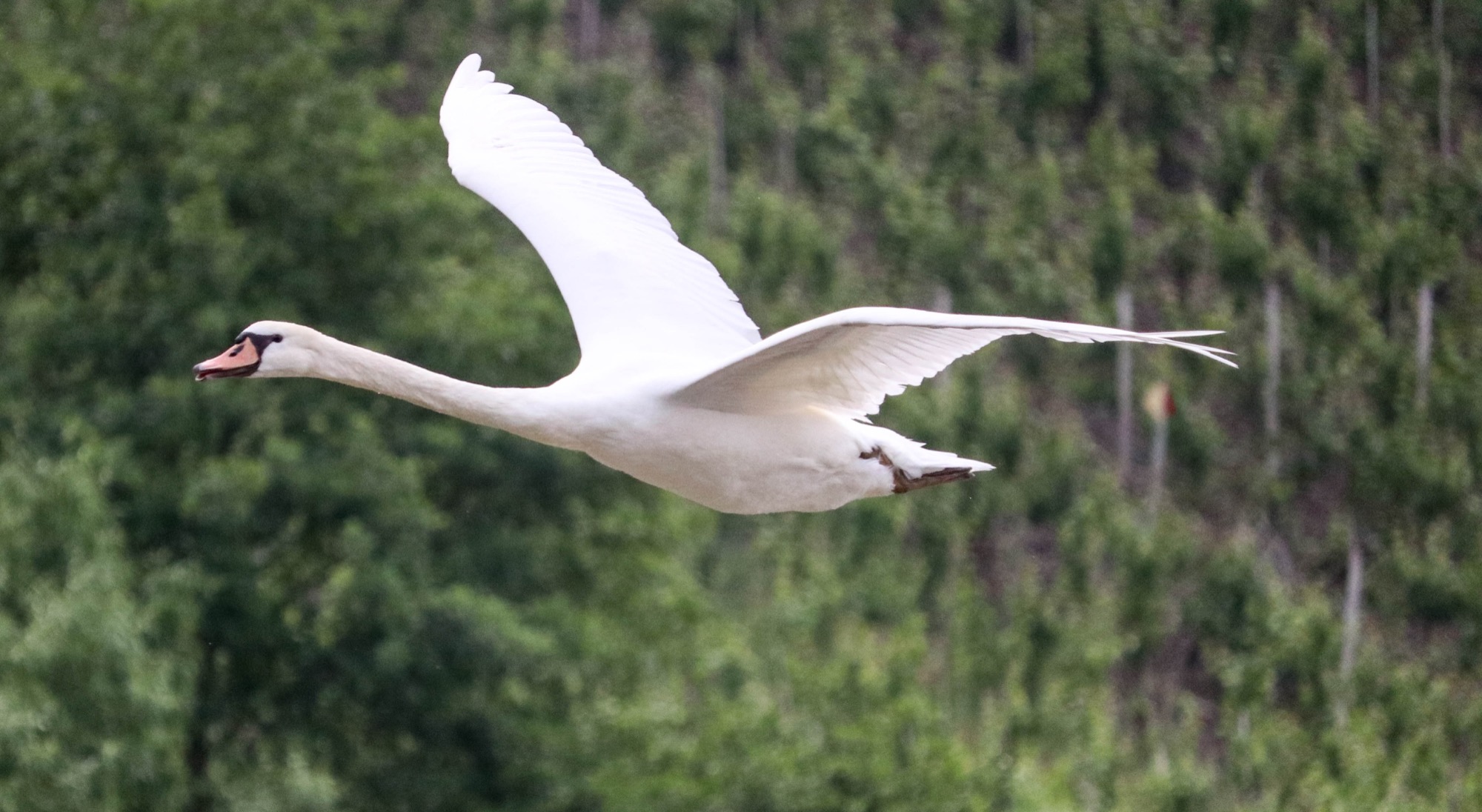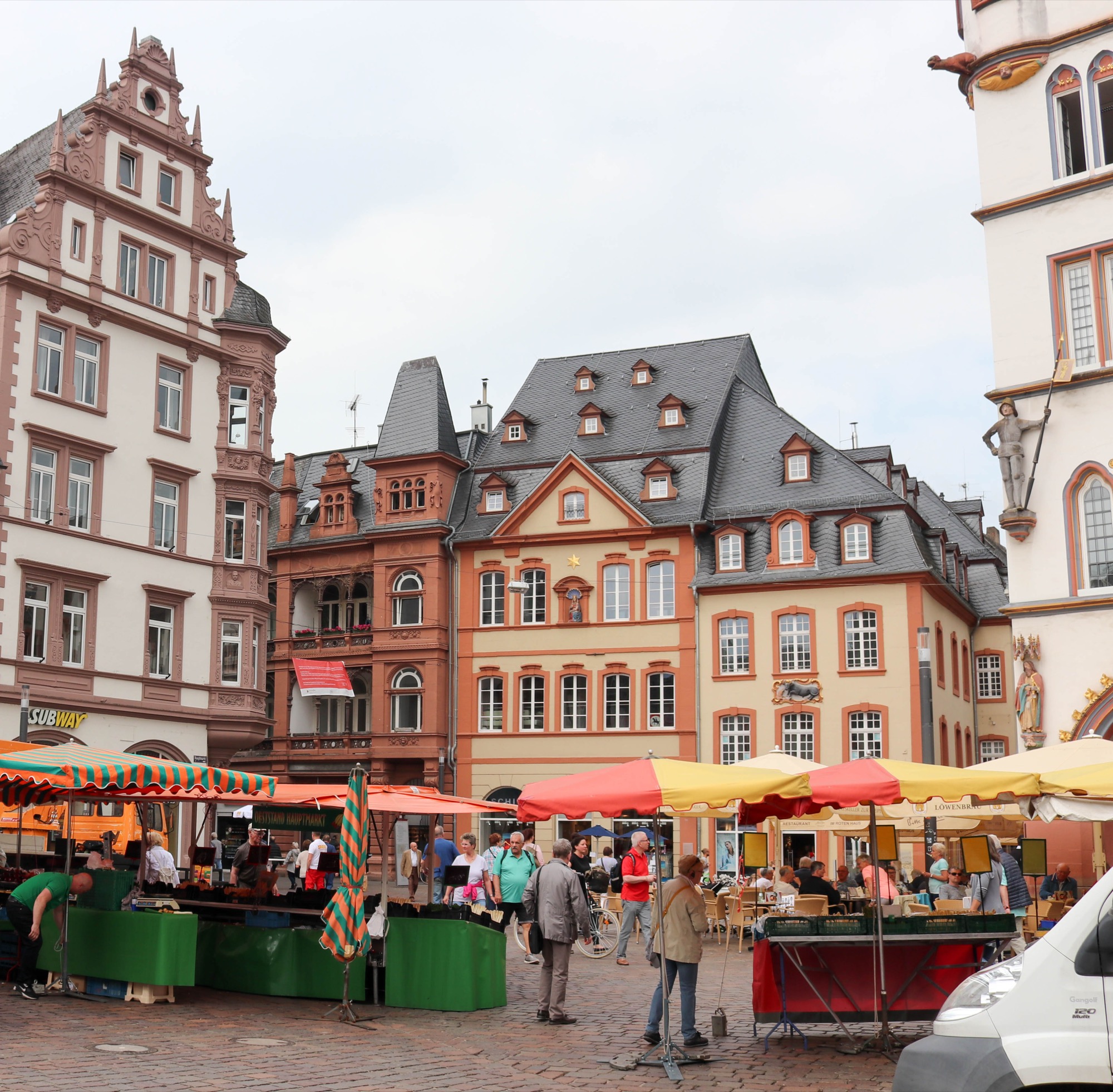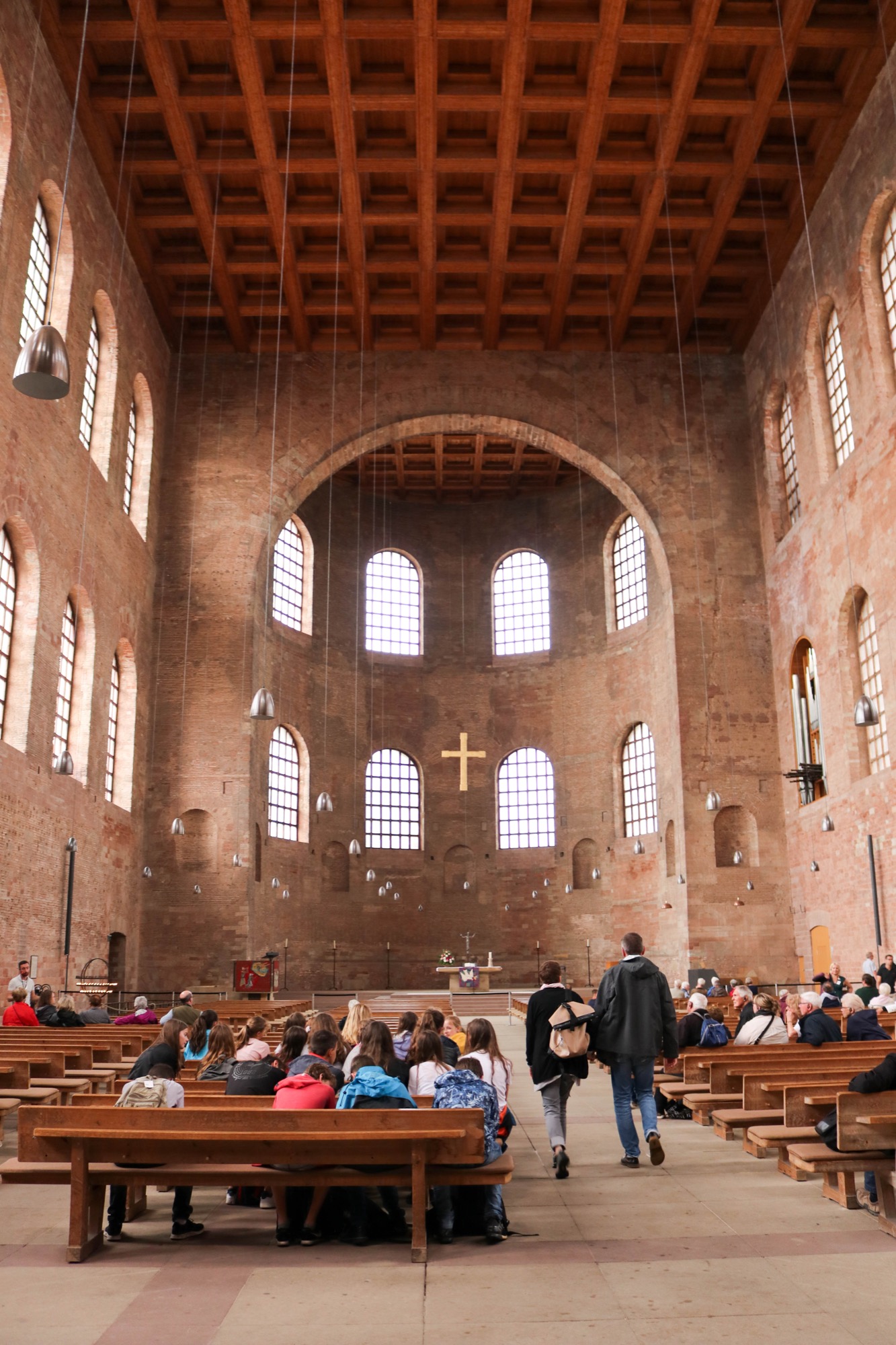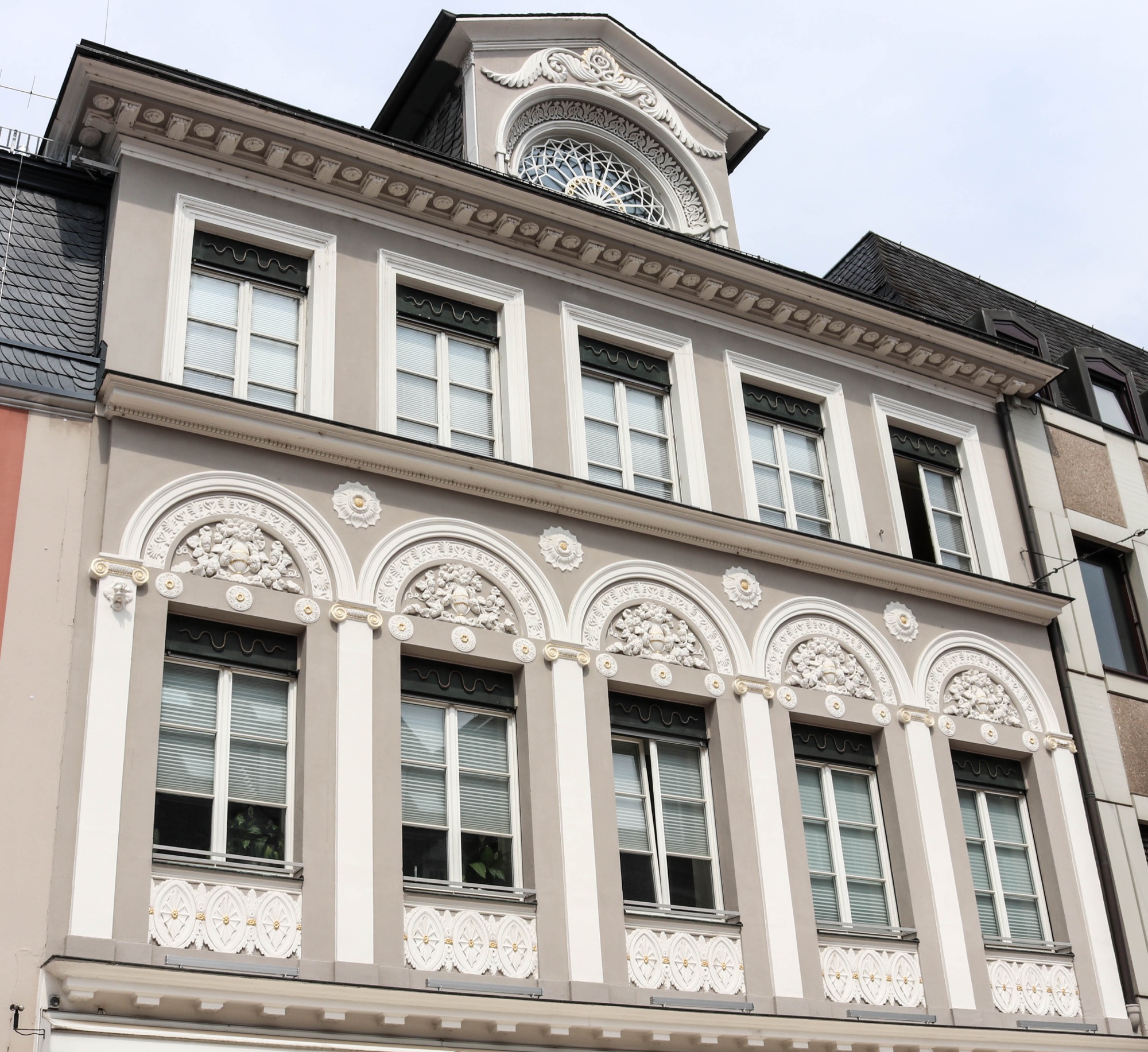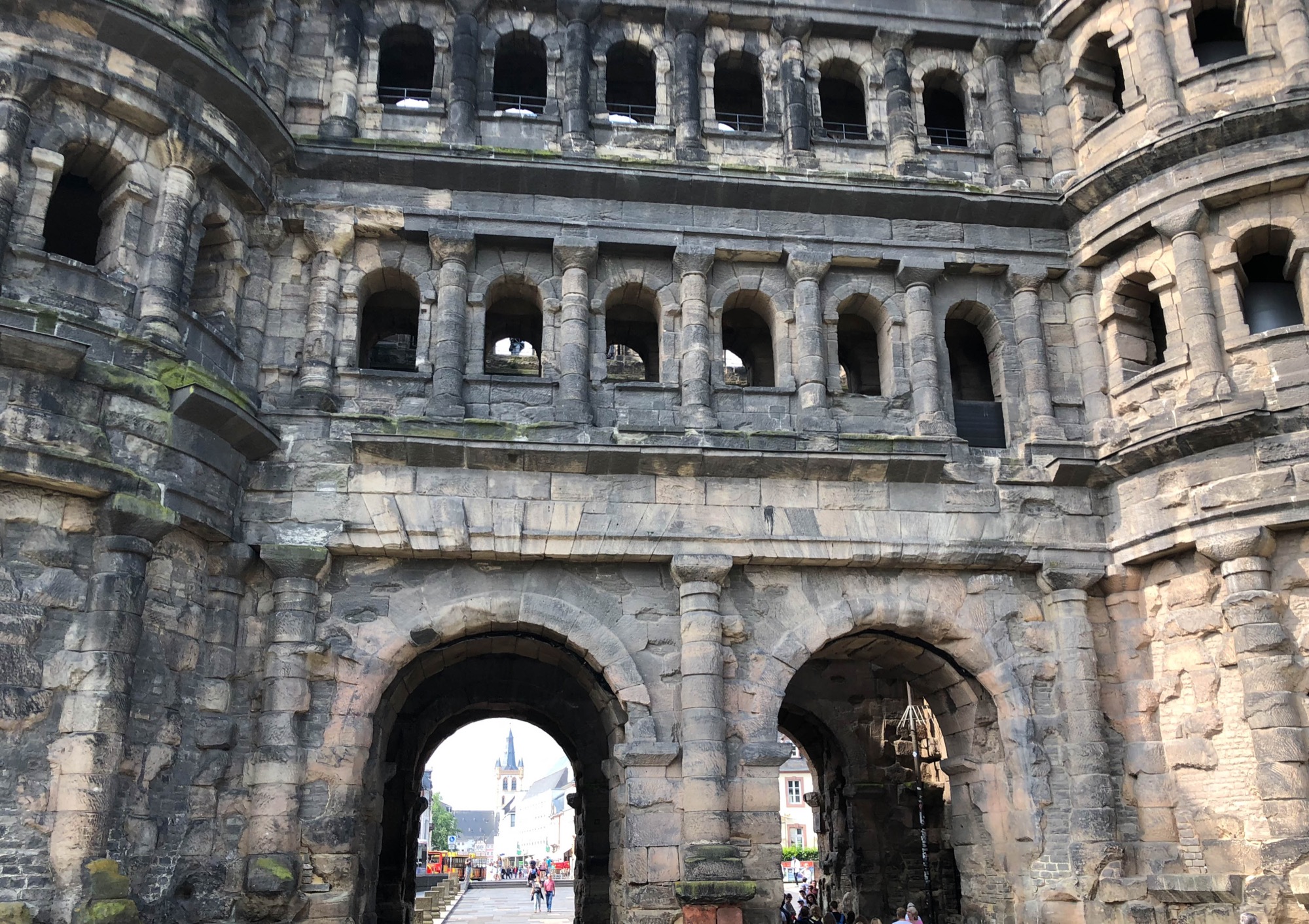Inside Reichsburg Castle
The castle is filled with Renaissance and Baroque furniture that was in use by the family that lived in the castle following its renovation in 1868.
One particular suit of armor caught our eye. Armor was individually built and sized to fit each person. One set stood significantly taller than all of the others and the guide told us that, according to measurements, the suit was built for a man who was 7'2" tall.



